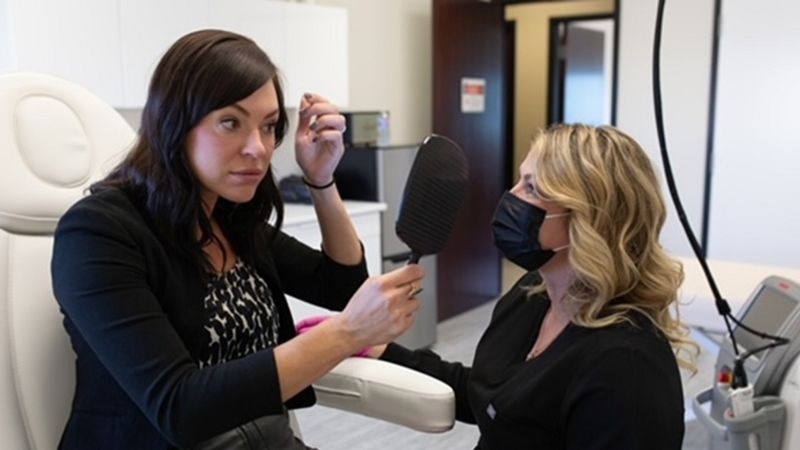
Aboriginal youth facing higher risk of diabetes
With 85,000 people living with diabetes in Saskatchewan, there is an alarming trend among the Aboriginal population.
With 17.2 per cent of First Nations individuals living on reserve diagnosed with the disease, 10.3 per cent among First Nations living off-reserve and 7.3 per cent among the Métis population, it is an issue that needs addressing.
The 10th Annual Aboriginal Gathering on Diabetes taking place in Prince Albert at the Exhibition Centre on Wednesday is planning to do just that.
“The whole purpose is just to empower the Aboriginal communities; helping them know that even with cultural values, different cultural foods many things can be done to manage diabetes and prevent the onset of diabetes,” said Maily Huynh, co-ordinator of public programs and services for northern Saskatchewan.


